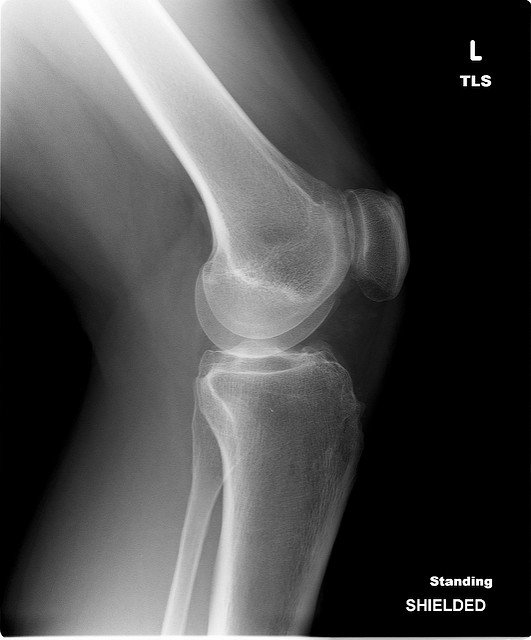
Rheumatoid arthritis RA and osteoarthritis OA are two conditions that cause pain and stiffness in the joints. The exact position will vary depending on what part of the body needs scanning. However, when it persists, x-rays or more advanced imaging can help make a correct diagnosis. These include. Is Your Treatment Working? People with claustrophobia or who find the experience very stressful may have the option to take a sedative during the scan or use an open-MRI machine. In addition, an MRI can show bone damage. Because of these challenges, experts recommend that a diagnostic evaluation be performed by a rheumatologist or a physician who has extensive experience with rheumatologic diseases. Laboratory tests should never be used alone to diagnose arthritis.
For decades, X-ray images have been used to help detect rheumatoid arthritis RA and to monitor for the progression of bone damage. In early RA, however, X-rays may appear normal although the disease is active — making the films useful as a baseline but not much help in getting a timely diagnosis and treatment. Enter modern imaging techniques, including ultrasound and magnetic resonance imaging MRI, which can reveal early, non-bony signs of RA that are invisible on X-ray. That capability has become increasingly important with the development of ways to slow the RA disease process, before serious bone and joint damage occurs, using disease-modifying antirheumatic drugs DMARDs, including biologics. Both ultrasound and MRI can detect synovitis, inflammation of the lining of the joints, and tendon abnormalities.
However, it should be remembered that as we age, a low level positive test for rheumatoid arthritis rheumatoid factor or ANA, and elevations of sedimentation rate ESR can sometimes develop without the presence of the illness. Ultrasound In recent years, the use of ultrasound also called sonogram has skyrocketed among rheumatologists evaluating inflammatory arthritis. White R. Melamed, MD Peter L. The appointment will likely begin with the physician taking a thorough medical history. They can provide detailed images of the joint and surrounding tissues.
